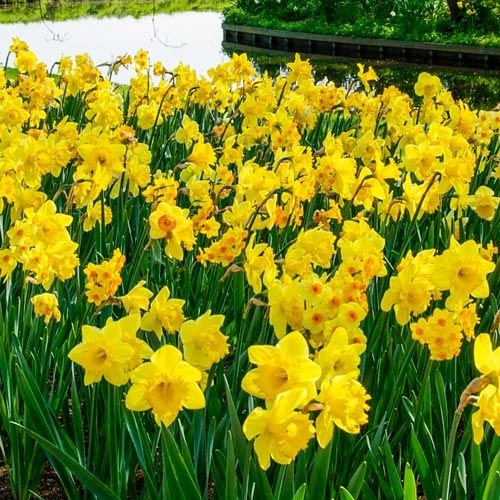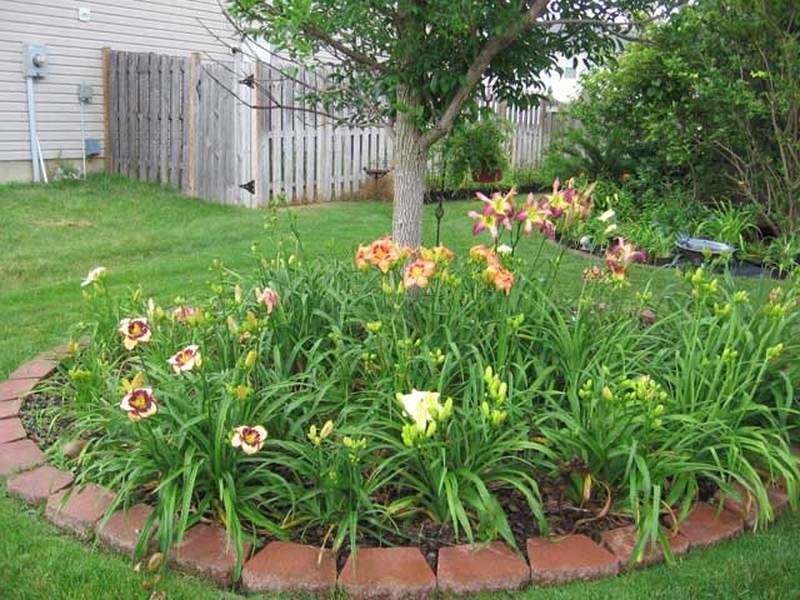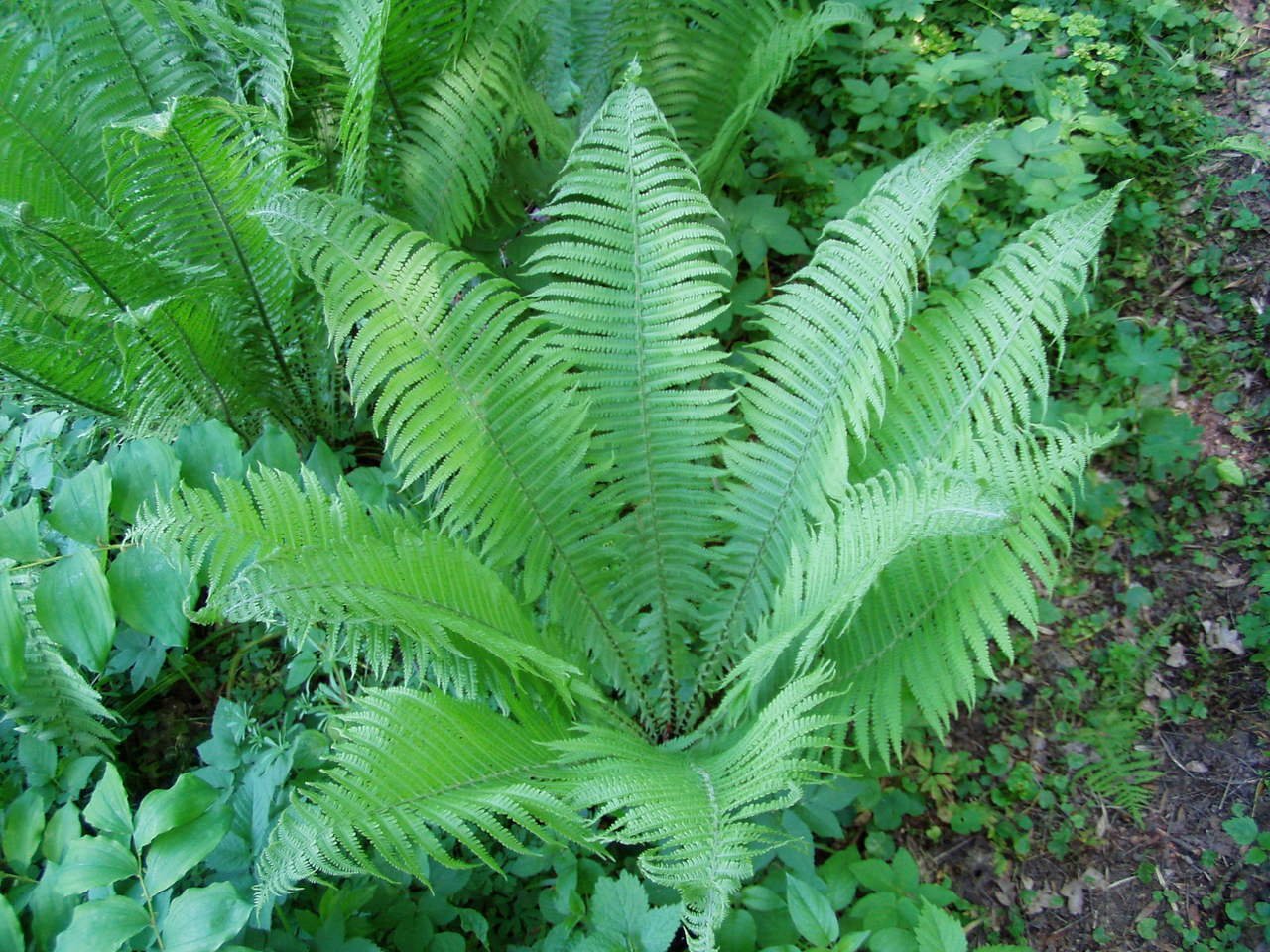Growing plants in hot and dry weather can be tricky for any gardener. Perennials tend to be the go-to since they provide an easy solution, and they grow back year after year. Many gardeners recommend this type of plant because they tend to be hardy, mostly pest resistant, and are the easiest to learn how to grow.
Fern Plants
Fern Plants are one of the best choices to grow in hot, dry weather. They thrive in well sunlit areas and can survive amounts of time without constant watering. These types of plants like to be watered weekly but be sure to let the plant dry out between watering. Just make sure to look at the different types of varieties drivhus of fern plants before choosing which one to place in your garden. This is because there are differences between the ones that like full sunlight versus those who only prefer shade.
Daffodils, Daisies, and Daylilies
Daffodils are a prime example of a plant that does well when left alone. They handle full sunlight well and flower for up to a month during each growing season. Each year they multiply thus, giving the gardener more plants to spread out and make their gardens more beautiful.

Daisies are also another great example of a plant that grows season after season without much help from the gardener. The best way to care for these plants is to give the plant fertilizer two weeks after planting. Just like daffodils, daisies will make multiple, so the gardener will have to thin out the plant every growing season. Get gardening tips from Tree Service Syracuse.

Daylilies are a hardy perennial that can survive in a garden with little to no help. Daylillies are great for the first-time gardener. Daylilies can survive in many different soil conditions and can adapt to any sort of garden. Such as the two other plants mentioned before, daylilies will also have to be thinned out every so often.

Christmas Ferns and New York Ferns
Not to be mistaken with a classic fern plant, Christmas Ferns are native to Eastern North America. Christmas Ferns are a shade plant and should be planted accordingly. These are perennials that enjoy the shade or part shade and should not be planted in full sunlight. These plants will need more water than the above-mentioned plants to be able to survive in hot and dry conditions. New York Ferns are also commonly found along the coast of Eastern North America. Just like it’s cousin the Christmas Fern, New York Ferns also do well in shaded areas, needing water every couple of days.
Grasses
Grasses that do well in dry, hot weather can be a little tricky to find. Zoysia Grasses do well in weather such as this. They tend to be heat resistant but do not do well in heavily trafficked areas. Bermudagrass is another grass that is heat resistant and can tolerate temperatures of 95-100 degrees Fahrenheit.
Carex Pennsylvania
Carex Pennsylvania is a perennial plant that can be planted in the shade, or dappled sunlight. It is a perennial that can be planted in the less than ideal spots located within your garden. They can handle being planted in places that other perennials can’t.
Sedges and Rye Grass
Sedges are a grass-like plant that is great for the first-time gardener. Sedges are usually lumped together with other decorative grass plants and are typically planted in the shade. They are easy enough that once planted, then they can survive on their own. Ryegrass tends to be a plant that prefers the cool season, so it won’t tolerate the dry, hot weather. If planted, it would be most well suited in the shade, with an ample water supply. Ryegrass typically peaks during the cool seasons, so it’s a late-blooming plant.
In order to find a perennial for your garden, it is best to do your research beforehand. You should know which plants can thrive and survive in a hot, dry climate. Ample sunlight and water will be your best friend. Before even planting your garden, you should take a look at what spot you have. You will then need to figure out how much sun it gets at each point of the day. You will also need to know how the drainage is and what type of pests you may encounter.
When purchasing the plants for your garden, pay close attention to the tags on each plant to make sure that they can survive in the spots which you want to place them. Choosing the right plants can be tricky but doing research beforehand will help you tenfold. Figure out which climate zone you are in, so you know which plants are native, and which plants can survive. When it comes to planning your garden, make sure to section it beforehand. Put the tallest ones in the back, followed by the medium-height ones and then the smallest. This way, you are able to admire each plant without having to search through taller plants for the smaller ones.
- annuals for hot
- bedding plants for hot
- best flowers for hot
- dry areas
- dry climate plants
- dry conditions
- dry weather
- plants for hot
- plants for hot dry areas australia
- plants for hot dry rocky soil
- plants for poor dry soil
- plants that grow in hot weather
- plants that grow on dry land
- vegetables for hot dry climates
- vegetables that grow in hot weather








Leave a comment